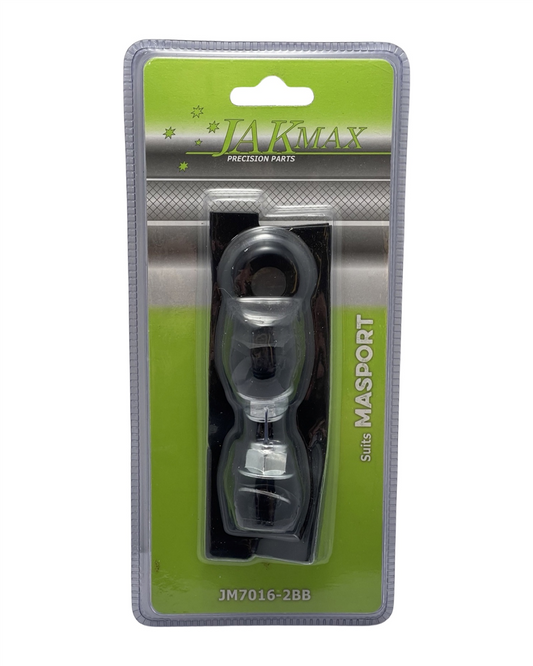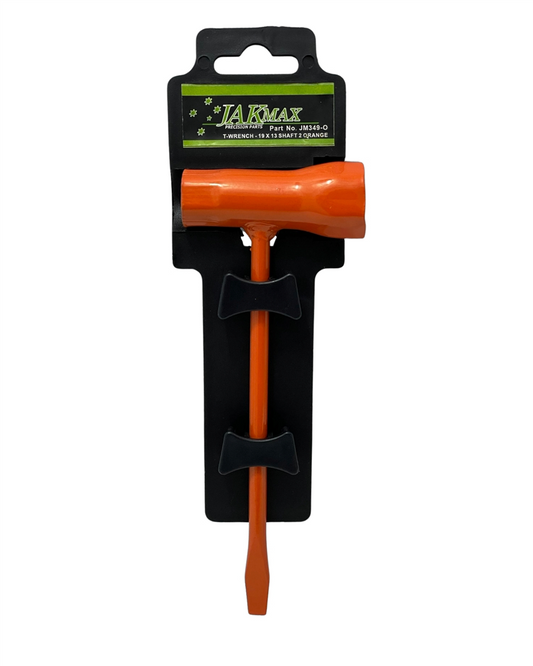What every beginner should know about integrated pest management
Share
How to Manage Garden Pests Without Losing Your Mind
So, you've started your dream garden. The lavender is swaying, the tomatoes are thriving, and then—bam! Chewed leaves, aphids clinging to new growth, and mysterious holes in your veggie patch. Before you grab the strongest chemical spray available, take a deep breath. There's a better way—Integrated Pest Management (IPM).
What Is Integrated Pest Management?
Think of IPM as the smart, strategic way to keep your garden healthy without going overboard with pesticides. It’s about balance—letting nature do most of the work while you intervene only when necessary. It’s not about eliminating every bug but managing them in a way that keeps your plants happy.
Step 1: Know Your Enemy (And Your Friends!)
Not all bugs are bad! Some, like ladybirds and lacewings, are the garden’s protectors, devouring aphids and other troublemakers. Before declaring war on pests, figure out who’s who. A few chewed leaves aren’t always cause for alarm—your garden has its own ecosystem, and nature often balances things out.
Step 2: Create an Unwelcoming Environment for Pests
Most garden pests thrive on stressed-out plants. Follow these simple ways to strengthen your garden:
- Healthy soil: Strong plants resist pests better. Use quality compost and organic matter to enrich your soil.
- Proper spacing: Crowded plants invite disease and pests.
- Rotate crops: If you plant the same thing in the same spot each year, pest populations can boom.
- Encourage beneficial insects: Plant flowers like marigolds, alyssum, and lavender to bring friendly pollinators and predators into your space.
Step 3: Monitor Your Garden Like a Detective
Don’t wait for disaster to strike. Regularly check under leaves, along stems, and in the soil for signs of trouble. Look for eggs, chewed edges, or sticky residue. Catching problems early makes solutions much easier.
Step 4: Use Natural Solutions First
Before reaching for sprays, try these effective, low-impact methods:
- Hand-picking: If you see a few caterpillars or snails, pluck them off and relocate them.
- Companion planting: Basil helps repel flies and mosquitoes, while nasturtiums lure pests away from more valuable crops.
- Homemade sprays: A mix of water, mild soap, and a dash of chilli or garlic can deter some pests.
- Mulching: Organic mulch helps reduce pests like aphids by providing a habitat for their natural predators.
Step 5: Use Chemicals As a Last Resort
If things get out of control, opt for environmentally friendly options like neem oil or insecticidal soap. Keep in mind that broad-spectrum pesticides harm beneficial insects too, so apply carefully and as a last resort.
Step 6: Keep Learning and Adapting
IPM isn’t a one-size-fits-all approach. Some years may bring more caterpillars, while others might see an uptick in aphids. Stay curious, observe patterns, and adjust your methods accordingly. Gardening is a lifelong learning experience!
Final Thoughts
By following an integrated approach, you're setting yourself up for a thriving garden without the frustration of constant pest battles. Give it time, experiment, and most importantly—enjoy the process.
Ready to get started? Pop into Strathalbyn H Hardware’s Garden Centre for advice, tools, and the best beginner-friendly gardening products.
 Stay Connected
Stay Connected
Join our gardening community on Facebook the Urban Gardener's Notebook
And follow our Store Facebook Page: Strathalbyn H Hardware on Facebook









